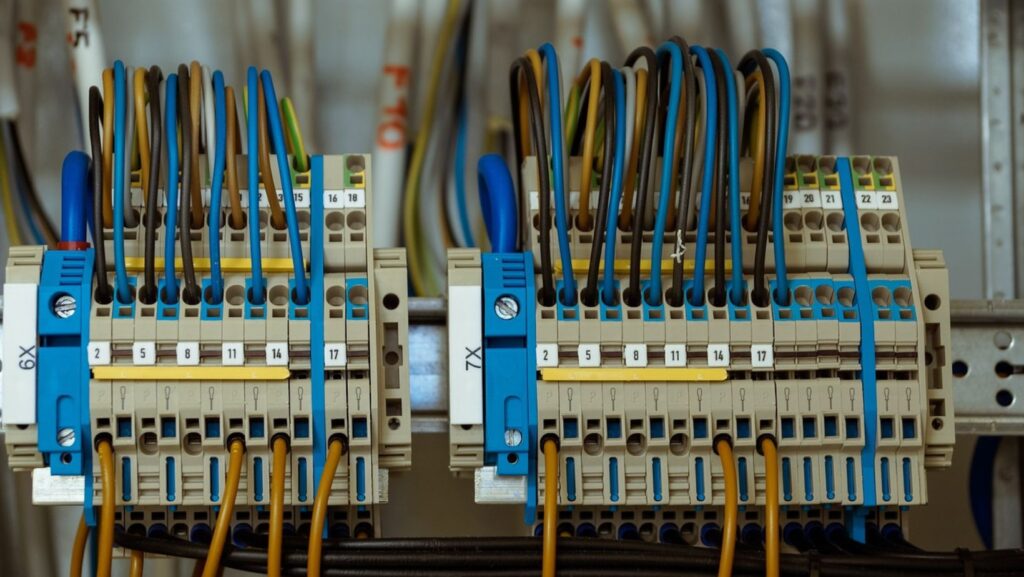When it comes to protecting your electronic components, choosing the right enclosures is crucial. Not only do they safeguard your devices from environmental factors like dust and moisture, but they also prevent accidental damage and ensure optimal performance. This blog post will explore the key reasons why enclosures are essential for maintaining the longevity of your electronics.
Safety and Shock Prevention
Enclosures play a vital role in ensuring the safety of electrical components by providing a protective barrier that reduces the risk of electrical shock. By enclosing wires and circuit boards, these housings prevent accidental contact with live parts, which can lead to serious injuries. Additionally, Electronic Enclosures are often designed with materials that are resistant to heat and impact, further enhancing their protective qualities. They also help in containing any electrical faults within the component, preventing short circuits that could create fire hazards.
Moreover, many enclosures come equipped with features such as secure latches and seals to keep out moisture and contaminants, ensuring that the electrical components remain safe and functional even in challenging environments. This combination of features makes enclosures essential for maintaining both safety and reliability in electrical applications.
Fire Hazard Reduction
Enclosures significantly reduce fire hazards associated with electrical components by containing potential faults and minimizing the risk of ignition. When a component experiences a failure, such as a short circuit, it can generate excessive heat that may ignite surrounding materials. Well-designed enclosures are often constructed from flame-retardant materials that can withstand high temperatures without catching fire. They also incorporate ventilation features that dissipate heat, helping to prevent overheating.
What’s more, by confining electrical components and wires, enclosures limit the spread of sparks or flames in the event of an electrical fault, providing a crucial layer of safety. In this way, enclosures not only protect the individual components but also help safeguard the surrounding environment, reducing the overall risk of fire in both residential and industrial settings.
Protection from Environmental Factors
Electronic devices can be ruined by various environmental factors. Here are the ones you need to be careful about:

- Moisture and humidity
- Dust and debris
- Extreme temperatures
- Vibrations and shock
- UV radiation and sunlight
- Chemicals and corrosive substances
- Insects and rodents
- Wind and airborne particles
- Electromagnetic interfaces
- Physical intrusion (tampering or impact)
Enclosures shield devices from moisture and humidity, preventing corrosion and short circuits. Dust and debris are kept at bay, reducing the risk of obstructed airflow and overheating. Plus, enclosures can withstand extreme temperatures, vibrations, and chemical exposure, ensuring reliable operation. By mitigating the effects of UV radiation and physical intrusion, they help preserve the integrity and functionality of sensitive electronics in diverse settings.
Enhanced Durability
Enclosures provide a robust protective layer against various forms of wear and tear. Constructed from high-quality materials, these enclosures are designed to withstand harsh conditions, including temperature fluctuations, humidity, and physical impacts. This ensures that the internal components remain intact and functional over time.
Furthermore, enclosures prevent dust and debris accumulation, which can lead to overheating and malfunctions. The use of flame-retardant materials in many enclosures further adds to their longevity by mitigating the risks associated with potential fire hazards. By effectively shielding against environmental elements and physical damages, enclosures play a pivotal role in extending the lifespan and overall reliability of electronic devices, making them indispensable in both industrial and consumer applications.
Organized and Clean Appearance
By housing multiple wires, circuit boards, and connectors within a single enclosure, they reduce clutter and prevent tangling, which can often lead to confusion during installation and maintenance. This organization enhances the overall aesthetic of an assembly, making it easier to identify components and troubleshoot issues.

What’s more, well-designed enclosures often include features such as cable management systems and designated compartments, further simplifying the arrangement of electrical components. This clarity is crucial in both residential and industrial settings, where organized electronics facilitate efficient operations and promote safety by minimizing the risk of accidental disconnection or damage.
Compliance with Electrical Codes
Electrical codes are designed to promote the safety and proper functioning of electrical systems. Enclosures provide a means of containing and safeguarding the electrical parts, which helps to meet requirements regarding protection from electrical shock and fire hazards.
Further, many enclosures are designed to prevent overheating by incorporating ventilation features that comply with cooling guidelines outlined in code specifications. By using enclosures that meet specific standards, manufacturers ensure that their products can withstand environmental challenges, contributing to overall compliance with applicable laws. Ultimately, enclosures help maintain the integrity of electrical installations, providing peace of mind for users and industry professionals alike.
In conclusion, investing in quality enclosures for your electronic components is essential for ensuring their safety, durability, and optimal performance. By protecting against environmental factors, reducing fire hazards, and maintaining compliance with electrical codes, enclosures enhance the longevity of your devices. Prioritize these protective measures, and enjoy peace of mind knowing your electronics are well safeguarded.

